The Magical Glass Wing Butterfly
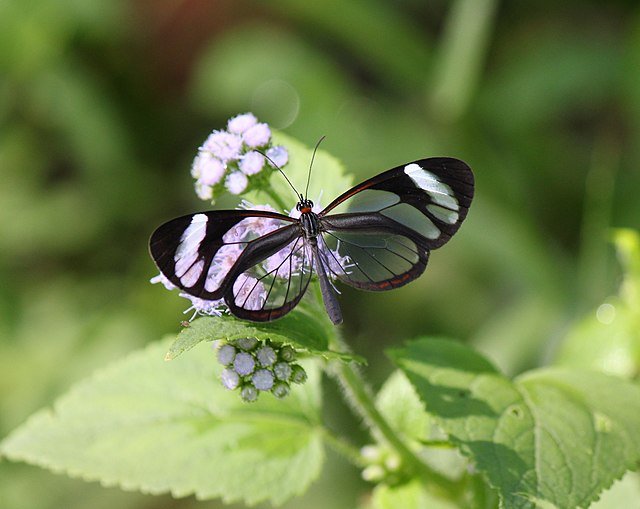
Elegance and Illusion come together in this wonder of nature – a butterfly with translucent, see-through wings designed to help the Glass Wing Butterfly camouflage into its surroundings, not unlike the glass frogs who also share this amazing feature. The Glass Wing is also known as Greta Oto or Espejitos, a Spanish word meaning ‘Little Mirrors’, a fitting nickname for these amazing critters.
A small butterfly – with a wingspan of 6cm and length of 3cm and under 1 gram in weight – the Glass Wing is nevertheless very tough, strong, and well travelled – we talk about all of that below.
DOOUBLE DEFENSE – TRANSLUCENCY AND TOXICITY
The butterfly’s translucent wings help it blend into its surroundings when both resting or in flight. Although the edges of the wings are colored, most of the area is fully translucent. Because the use of translucent is very rare amongst butterflies, the camouflage is especially effective as the butterfly’s main predators – birds – are not very familiar with this type of deception.
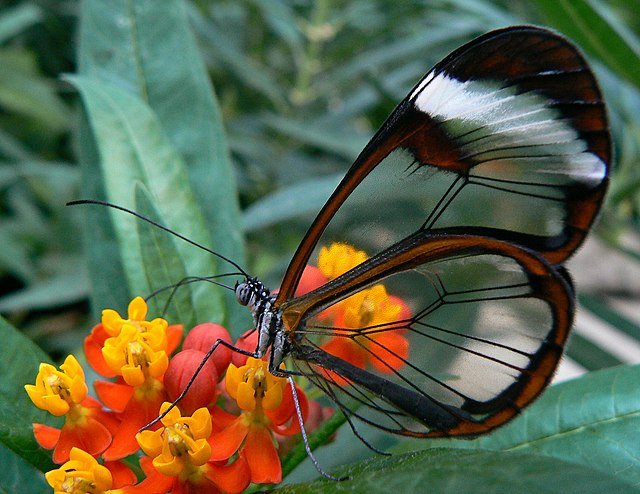
And if the translucency wasn’t enough, the caterpillars and butterflies have evolved a taste for Cestrum plants – a type of a nightshade – and certain species of Asteraceae, which is a flowering plants that includes daisies and sunflowers. These plants contain certain chemicals, present in the nectar, which are harmless to the Glass Wing but very unpalatable and even toxic to many predators which would otherwise feast on them. Fittingly, the Glass Wing likes to lay its eggs on these plants, ensuring the caterpillars start their days with this life-saving trick up their sleeves. The induced toxicity & unpalatability is a primitive form of chemical warfare that is also used by the famous Blue Morpho butterfly.
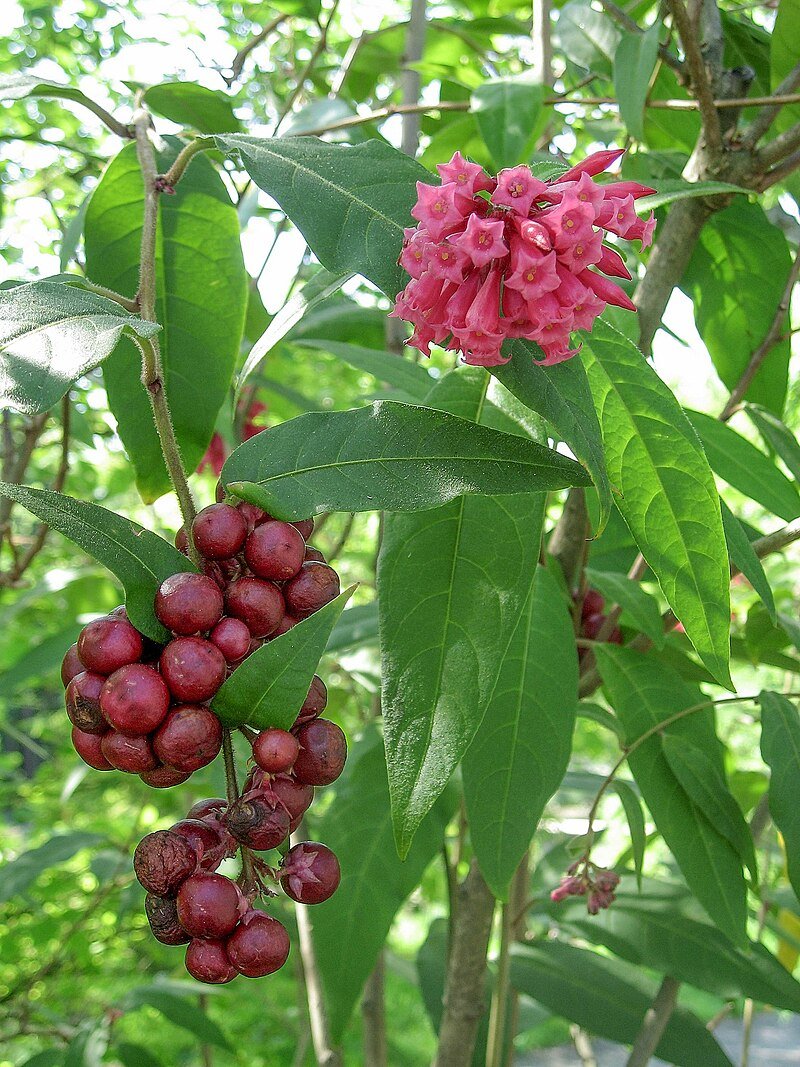
NANOTUBE WINGS
Greta Oto’s wing translucency is very efficient, with only about 2% of the light hitting its wings being reflected. The wings look see-through for three main reasons:
- They don’t absorb much light, so most of it passes through.
- They don’t scatter light, which keeps the wings clear instead of cloudy.
- They don’t reflect much light, even when light hits from different angles or colors.
✨ The secret lies in tiny structures called nanopillars on the wing surface. These are:
- Super small—smaller than the wavelength of visible light.
- Tall and thin, with random heights and widths.
- Arranged in a way that creates a smooth transition between air and wing material, reducing reflection across all colors and angles.
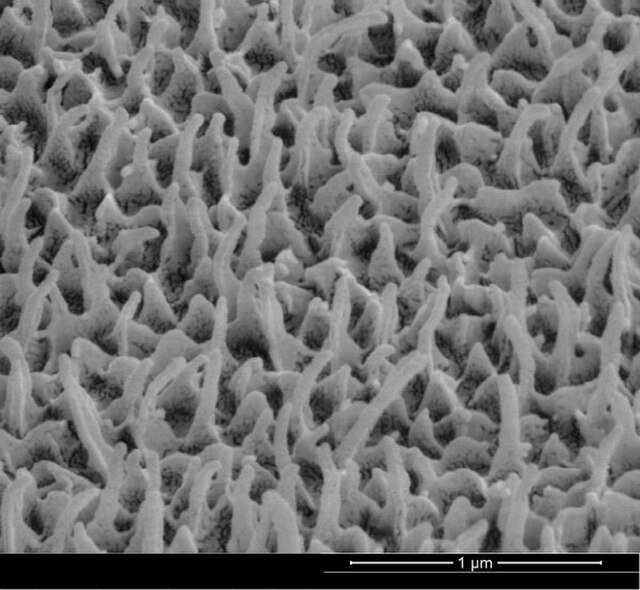
The nanopillars also sit on tiny pedestals, which make the anti-reflective effect even stronger. Plus, the wing surface has fine hair-like features (called microtrichia) that keep it smooth and help repel water.
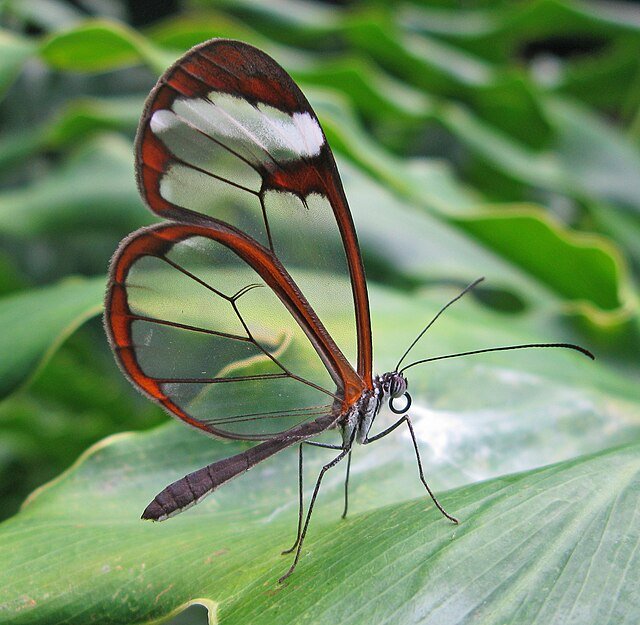
A HEAVY LIFTER!
The Greta Oto, although appearing ethereal and delicate, can carry up to 40x its weight. That is like the typical man lifting a large SUV as easily he would lift a bag of groceries, or a typical woman having the strength to hoist a rhinoceros or a delivery van over her head!

Why this strength? It is thought that there are two main reasons – the first one being the transitory nature of the butterfly. These animals can migrate up to 20 km a day flying at up to 13km/h. The second reason for the strength has to do with a behavior called lekking, where males display and compete for mates—sometimes requiring aerial acrobatics and endurance. More about the migratory behavior and lekking is discussed below.
MIGRATORY BUTTERFLY
As mentioned above, the Glass Wing likes to travel, covering up to 20km in a single day. The two main reasons for the migrations is a desire to change elevation in search of food and, as the seasons flip from wet to dry, a relocation to more suitable climates. This allows the butterfly to maximize its range across diverse areas by following whether and blooming/fruiting patterns.
LEKKING
Lekking is a mating strategy where males gather in a shared display area, each defending a small territory – usually in groups of up t0 20 butterflies. The Glass Wings don’t fight physically, but they compete by showcasing their fitness through pheromone release and territory quality. Females visit these leks and choose mates based on the males’ performance and chemical allure.
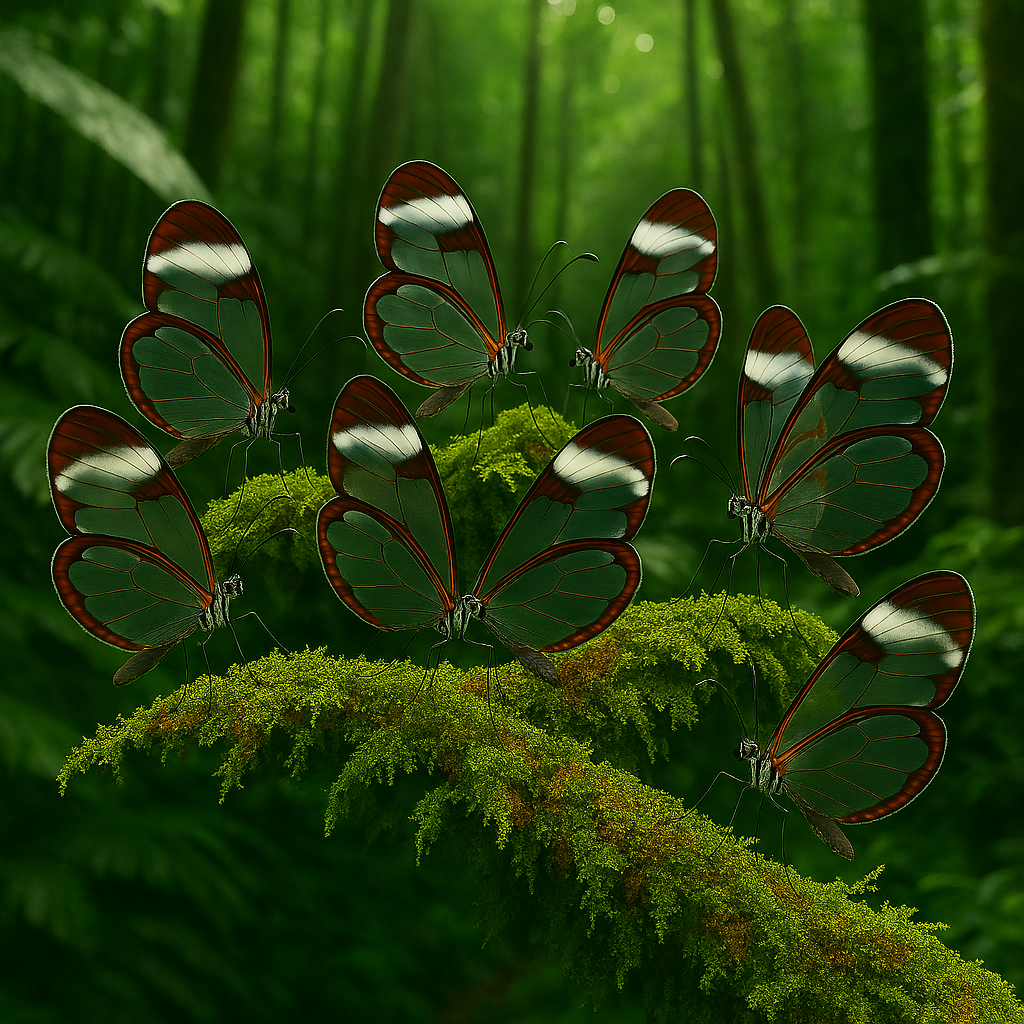
These lekking spots are often near host plants or nectar sources, especially those rich in pyrrolizidine alkaloids (like Aster flowers), which males use to produce potent pheromones. By gathering in groups, they amplify the chemical signal, making it easier for females to locate them.
Though not as flamboyant as bird dances, males may engage in subtle wing posturing, aerial movements, and scent release to assert dominance and attract mates.
FEEDING THE GRETA OTO
Greta Otos love backyard feeders – and are not very discriminating when it comes to the food on offer. Over-ripe and rotting fruit are the favorites of Glass Wings – scraps of mangoes, bananas, or pineapples can be left on dishes or raised platform. These will attract different butterfly species and, with luck, the Glass Wing will be amongst them.
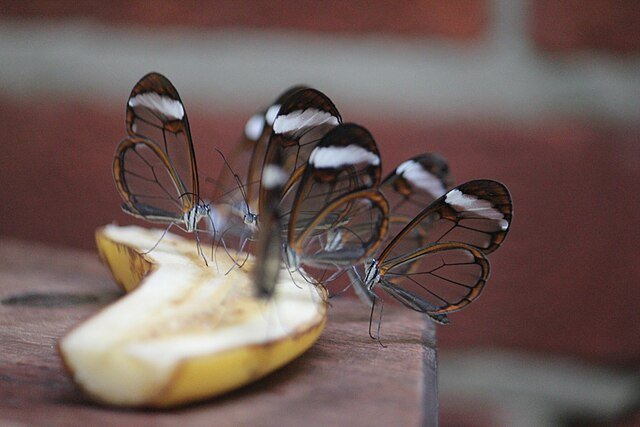
Although widely practices, avoid feeding the butterflies with sugar water – because it lacks amino acids, minerals, and alkaloids found in real nectar. Fruit are a natural part of their diet, but still you should not put them out every day unless you live in an area where wild flowers and fruit are sparse, like a city. You don’t want to take the butterflies away from a very important task – pollinating local flowers.
THERE’S NOT MUCH INFO!
If you are lucky enough to glimpse a Greta Oto, know that this is a very special creature that is neither well-known nor well-studied. A butterfly that seems to have slipped between the cracks of research – not endangered, not brilliant colored – but nevertheless an amazing animal that makes Costa Rica home and add to the tropical allure of these lands.
Imagine living in a paradise where surreal creatures like the Greta Oto are a part of your everyday experience! And when the see0thru butterflies are being too shy to come out of the jungles , the monkeys, macaws, sloths, coatis, toucans, poison dart frogs and many other amazing jungle creatures will fill in the gap! RE/MAX WE SELL PARADISE is your trusted real estate partner – while you browse the hundreds of properties available in our area, we are waiting for your call!
